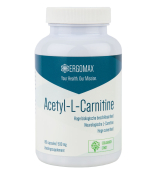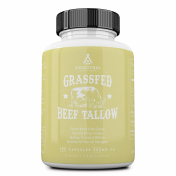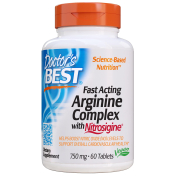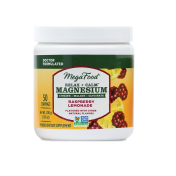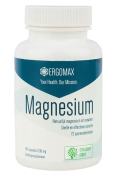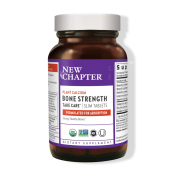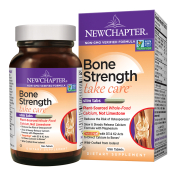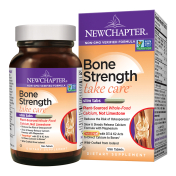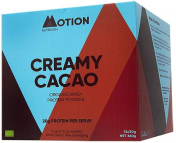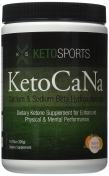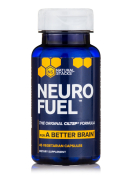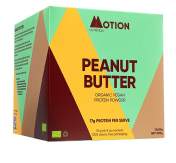Muscles
The human body consists of more than 600 muscles that work closely together, often grouped into larger muscle bundles. Together with our bones and joints, the muscular system allows us to perform a wide range of movements. Additionally, they provide our body with strength and endurance. Each muscle consists of a tissue of cells that can contract and relax, enabling movement. The 205 skeletal muscles in our body are responsible for all movements of our skeleton, such as walking, lifting, writing, and other daily activities. There are various vitamins and other nutrients that can support the normal functioning of muscles. Ergomax offers supplements in its range to support healthy and flexible muscles, containing precisely the nutrients that your muscles can benefit from.
- Order before 10 p.m., same day shipping
- Personal advice through chat or telephone
How can the body move?
Movement is caused by the contraction of muscles. To do this, your muscles need fuel. Your body gets this fuel mainly from food and then brings it to your muscles through the blood. Of course, muscles also need to be controlled. Every movement begins as an electrical stimulus in the motor area of the brain, the motor cortex. Those stimuli are in turn activated by sensory neurons or by conscious thoughts. Our muscles can be divided into random and involuntary muscles. The random muscles we can consciously tighten and relax. The involuntary movements play a role in all our automatic bodily functions that we cannot consciously influence.
Why is exercise so healthy?
To provide your muscles with enough fuel, it is important to get enough vitamins, minerals and fats. Fats, in particular, are important for muscles, and adequate exercise ensures that fats are used up in your body and that you can maintain your weight. Exercise has other benefits, however. Besides making you feel fit and energetic, you sleep better when you exercise enough and exercise helps clear your head during busy times. Furthermore, exercise has a beneficial effect on your cholesterol levels and lowers your blood pressure, reducing the risk of cardiovascular disease.
Accelerate your muscle building with strength training
By training your muscles, you can promote muscle growth in your body, which brings a variety of health benefits. For example, your metabolism increases, your blood pressure goes down and you feel more energetic physically and mentally when you are toned. With strength training, you can accelerate your muscle growth. Whatever your age or physical condition, there are strength exercises suitable for every body that can help you promote muscle growth in your body. Nutrition also plays an important role in this process. Choose healthy foods that accelerate and support your muscle building, such as proteins and fats found in meat, fish, dairy, nuts, legumes and grains. You can also choose to take supplements that are good for muscles to maintain smooth muscles.
Muscles, supplements & nutrients
Maintaining healthy, supple muscles involves adequate exercise and a healthy diet. Magnesium, calcium, potassium and vitamin D support normal muscle function. Proteins also contribute to the growth and maintenance of muscle mass. To support your muscles, discover superior quality supplements at Ergomax. All supplements are selected on content quality, on the quality of the production process and on the ideology of the company manufacturing the supplements. Interesting products focused on muscle support are supplements like Gelatin - Collagen Hydrolysate - Wild Cod and Magnesium - Liposomal formulation from Ergomax and Gelatin (grass fed) - Collagen Bone Hydrolysate from Great Lakes.

